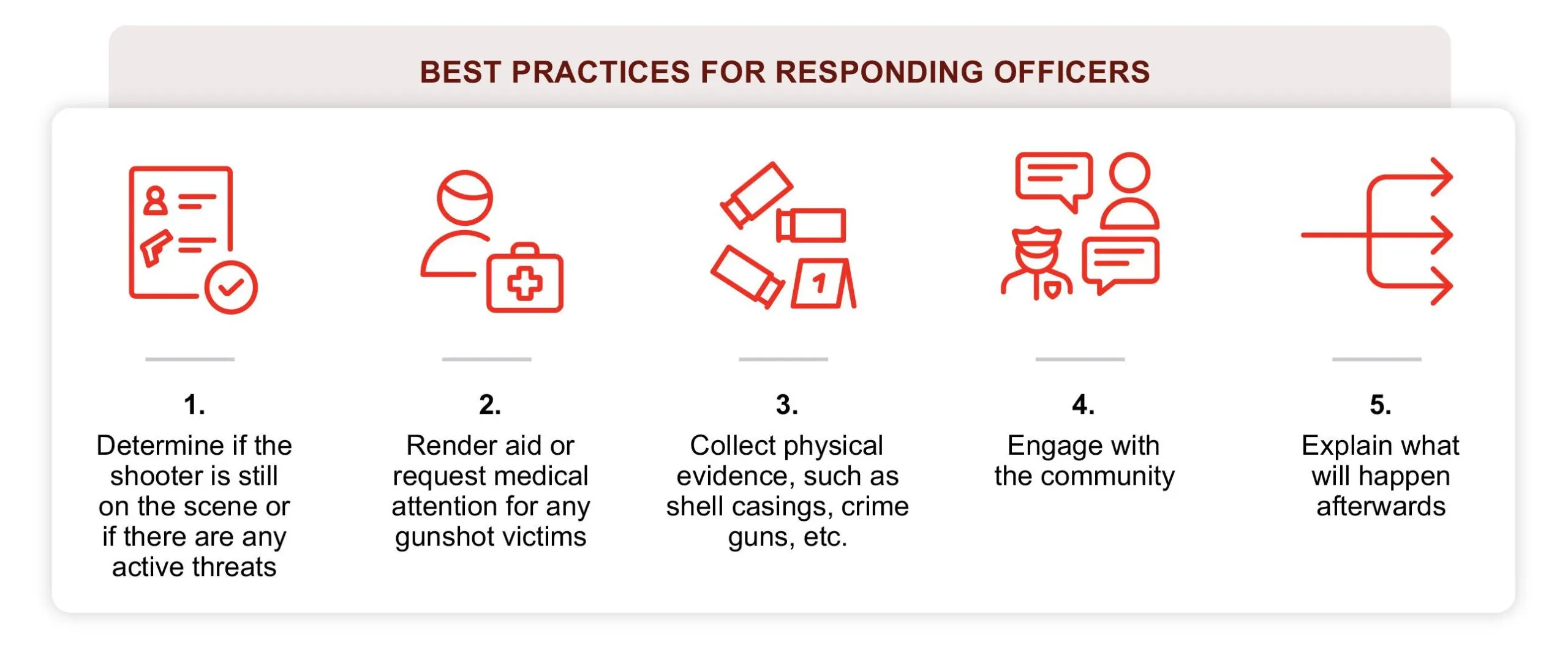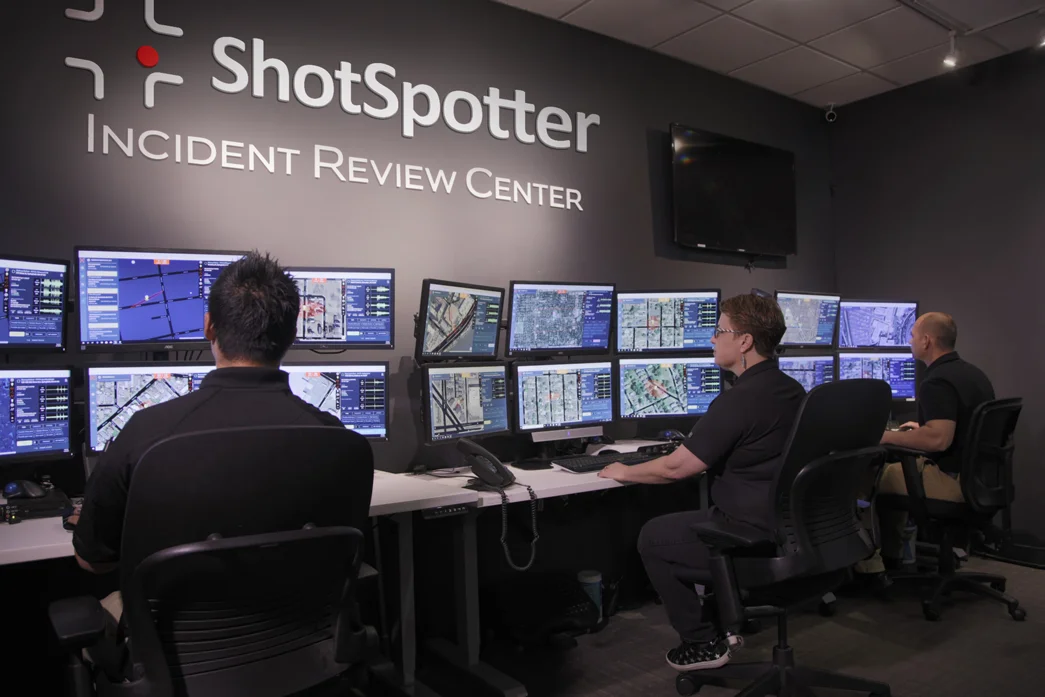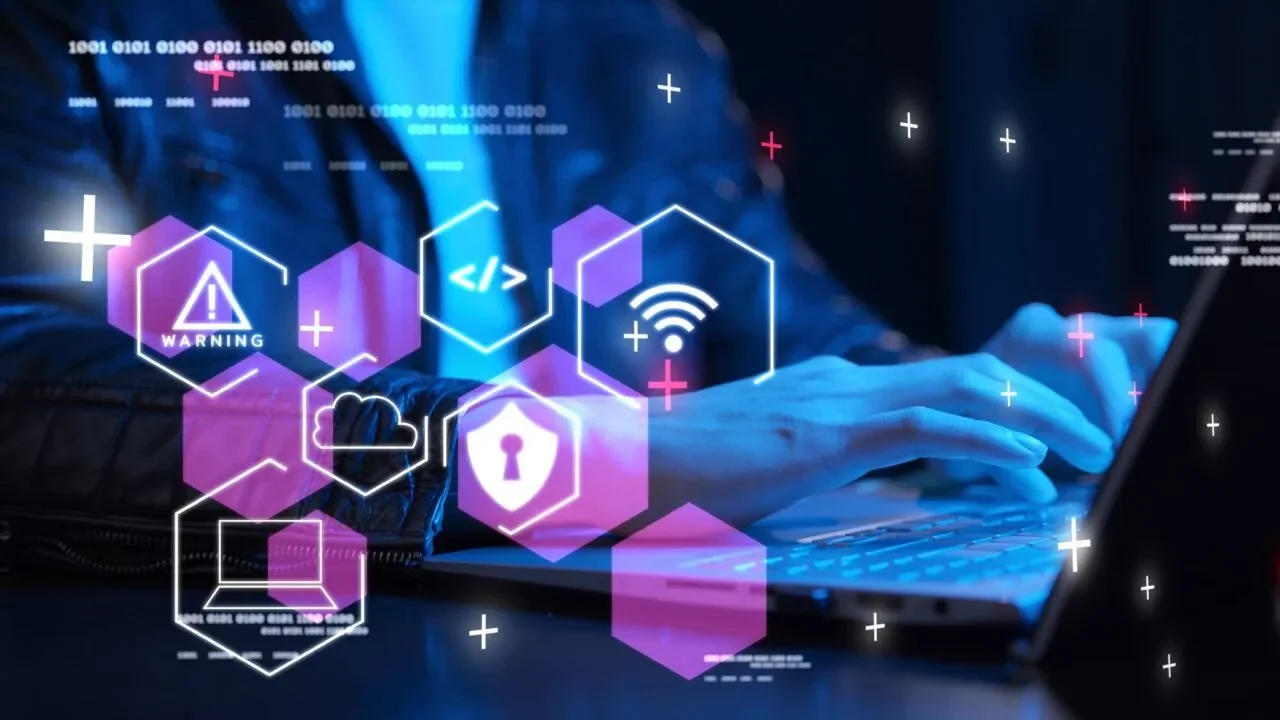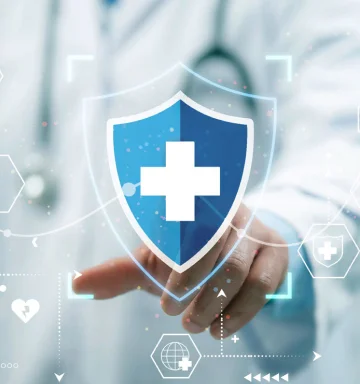According to the Gun Violence Archive, there were roughly 21,000 deaths (not counting suicides) and 41,000 injuries due to guns in 2021. Furthermore, a 2019 report from the House Joint Economic Committee estimated that gun violence costs the US $229 billion a year in lost income and in police and health care expenses. On top of all of this, communities impacted by gun violence experience a tremendous amount of trauma. Gun violence prevention efforts are critical in order to avoid this devastation.
Collecting and Tracking Evidence
As part of its ongoing effort to address this public health crisis, the Bureau of Alcohol, Tobacco, Firearms and Explosives (ATF) in 2016 introduced the concept of Crime Gun Intelligence Centers (CGICs) in 2016. The Bureau of Justice Assistance describes the centers as an interagency collaboration focused on the immediate collection, management, and analysis of crime gun evidence in an effort to identify shooters, disrupt criminal activity, and to prevent future violence.
In the case of a gunfire incident, evidence collection largely depends on accurate reporting and police response. Unfortunately, this doesn’t always happen—data from the Brookings Institution indicates that only 12 percent of gunfire incidents result in a 9-1-1 call to report gunshots. And if gunfire is reported by a citizen, studies suggest it is often delayed, and the location is not accurate. For example, in Kansas City, researchers found that when measuring the distance between where the 9-1-1 caller reported a gunshot and where the gunshot detection system identified where the gunshots occurred, on average, those two distances are about 234 feet.
This is where the ShotSpotter® gunshot detection technology can play a critical role. This gunshot detection system simultaneously transmits gunfire alert data, directly to 9-1-1 centers, officers’ mobile data terminals in vehicles, and smartphones. Data indicates that gunshots are detected by the ShotSpotter system a minute and a half before a 9-1-1 call is made, which gives the police a minute and a half or greater head start when responding to a shooting scene.
Best Practices for Responding Officers

Once gunshots are reported or detected, the process of collecting and analyzing evidence begins, and actions taken in the first 48 hours are key. That process involves several steps that should be followed in a specific order:
1. Determine if the shooter is still on the scene or if there are any active threats.
The first priority in any active shooter incident is safety—securing the scene must happen before any of the following steps can occur and mitigating any future harm with gun violence prevention efforts. ShotSpotter data is helpful in this task because it provides valuable situational awareness. Responding officers can listen to gunfire audio, and see a dot on a map, indicating the shooting location within a 25-meter radius. Additionally, officers are provided with contextual information, such as multiple shooters, fully automatic gunfire, and in unique circumstances, information on the direction of travel and speed of a moving shooter. This provides better information, allowing officers to make better decisions, and ultimately have better outcomes.
2. Render aid or request medical attention for any gunshot victims.
Once the scene is secure, officers are now able to quickly summon emergency medical services, and with some agencies, officers are trained and equipped to provide lifesaving medical aid until paramedics arrives on the scene. This gives gunshot victims a higher probability of surviving their wounds.
3. Collect physical evidence, such as shell casings, crime guns, etc.
Officers only have one chance to work an untouched crime scene; the more time that passes, the more difficult it will be to find evidence and generate viable leads. Evidence collection is vital for solving cases as well as linking to other potential cases in the past or in the future, and other gun violence prevention efforts. ShotSpotter provides a much narrower crime scene to search, allowing for greater collection of evidence.
4. Engage with the community.
Connecting with members of the community after a gunfire incident allows officers to build trust and to show their community that they care about their wellbeing, even if they were not direct victims of the gunfire event. Officers should knock on doors and explain to neighbors in the area why they are on the scene. If the incident occurred in the middle of the night, they could leave a door hanger that explains that there was a gunfire incident in the neighborhood and provide a contact number for community members to call, should they choose to share additional information with police. They should also be prepared to offer referral services to resources for community members who are negatively impacted by the gunfire incident. The prompt collection of evidence and interviews with witnesses are instrumental for improving relations with the community, identifying and prosecuting serial trigger pullers, clearing cases, and other gun violence prevention efforts.
5. Explain what will happen afterward.
The day after a gunfire incident, patrol or community policing officers may visit the scene with canines to conduct a day-after search for physical evidence. In addition, police should also canvas the neighborhood during daytime hours, using the opportunity to interview any additional witnesses or to locate any additional evidence that might have been missed the day or night before.
Officers should also partner with schools to let them know of the incident as wall as any anticipated threats to the institution, and/or the possibility that students have been traumatized so that schools can prepared and be ready to provide effective solutions to help.
The Importance of Process
When gun crime is not responded to, or underreported, there is a potential that communities potential to feel neglected, believing that the police don’t care. A prompt, methodical, and compassionate response can be reassuring that the authorities are paying attention and taking gun crime seriously, and ultimately go a long way in gun violence prevention efforts and toward improving the relationship between police and the communities they serve.





